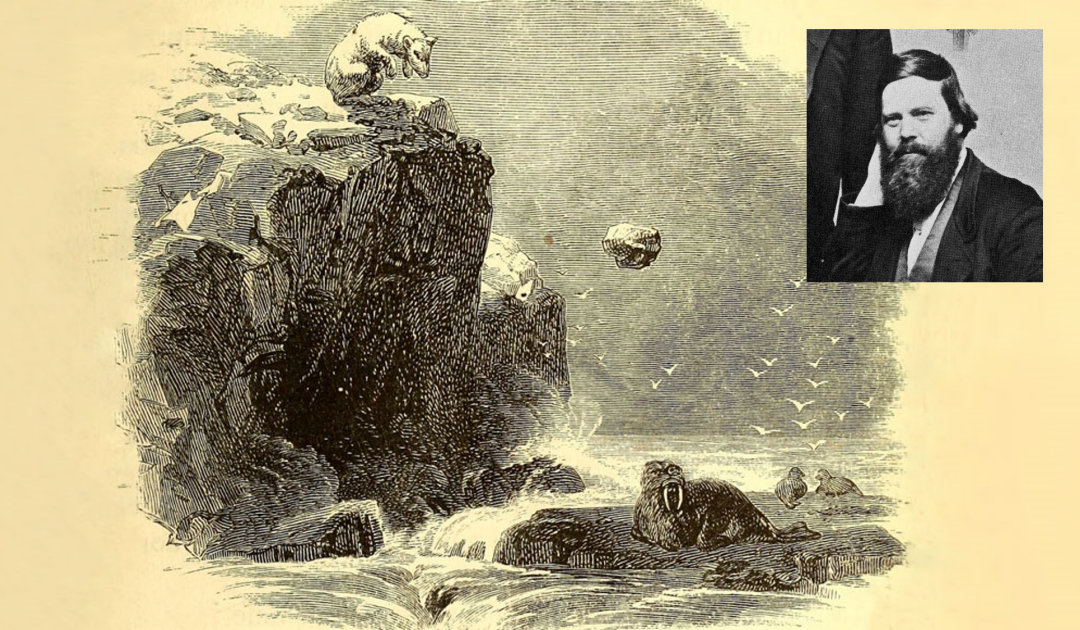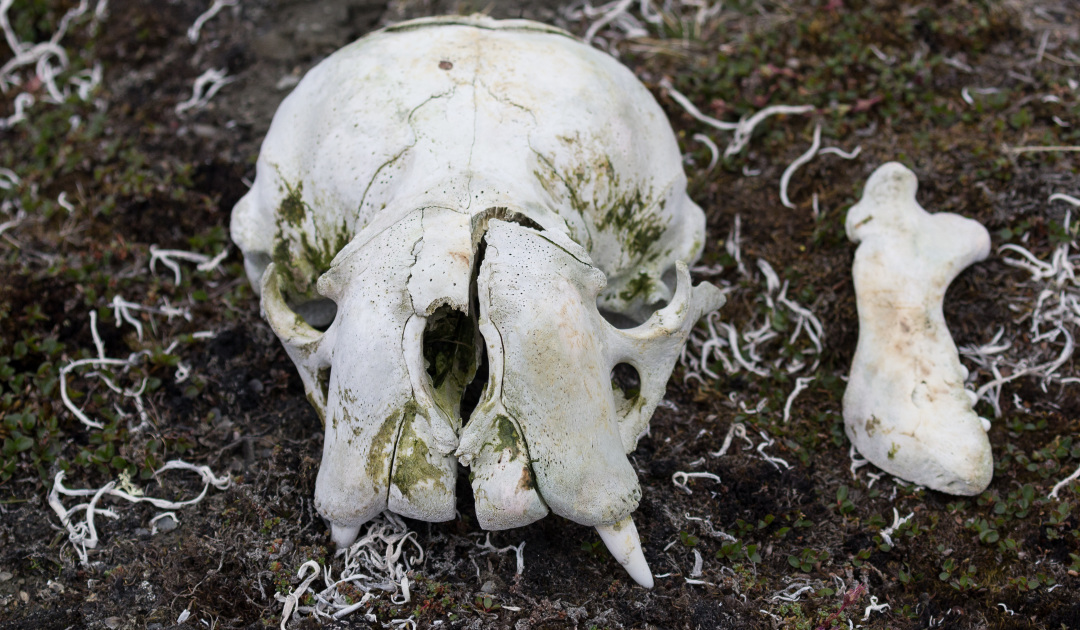
Polar bears are at the top of the food web in the Arctic. The largest land predators, which are also classified as marine mammals, prefer seals as prey but are also not choosy when food is scarce. Stories and observation of how these smart predators cleverly go about this have been making the rounds for centuries. A team of researchers has now investigated the question of whether polar bears also use rocks and stones to take down large prey such as walruses. In the process, they have come to surprising results: Some polar bears seem to be smarter hunters than previously thought.
In their work, the three well-known polar bear researchers Ian Stirling, Kristin Laidre and Eric Born examined various sources from polar history and compared them with more recent reports from the wild and from zoological gardens. They concluded that some polar bears do indeed use tools when they have the opportunity to access a food source. But this is especially true for polar bears in zoos, where this could also be scientifically observed. For polar bears in the wild, the researchers say, it may occur occasionally, but not to the same extent as in other wild animals, such as chimpanzees. Especially with walruses, the team concluded, polar bears might actually try to injure or even kill the animals with rocks from above or chunks of ice. “We suggest that possible tool use by polar bears in the wild is infrequent and mainly limited to hunting walruses because of their large size, difficulty to kill, and their possession of potentially lethal weapons for both their own defense and the direct attack of a predator,” the team writes in their paper.

For their work, Ian Stirling and his colleagues used the so-called TEK approach (Traditional Ecological Knowledge), in which narratives handed down by Inuit about the relationship of living beings in their environment are used as a source. The team was able to draw on numerous and long-ago reports from hunters and fishermen who had observed polar bears on a variety of occasions. Inuit guides, for example, told the US polar explorer Charles Francis Hall in 1865 that they had heard polar bears in the Canadian Arctic throw a rock at a walrus lying at the foot of a cliff with “an admirable accuracy and precisely calculated curve”, shattering the animal’s powerful skull. Other polar explorers reported until modern times of similar stories of the Inuit, where polar bears had used large stones or chunks of ice to smash walruses’ skulls with.
In addition to second-hand accounts, the team also considered first-hand experiences of Inuit, defining these as stories of hunters whose names were clearly known and based on their own observations, and also published direct observations. And here, too, they were able to note a few such observations: Of a polar bear that had tried to separate adult walruses from a calf by throwing chunks of ice; A polar bear that had knocked a calf unconscious with a chunk of ice and then killed it. In addition, several observations where ice chunks had been discovered on the ice next to traces of hunting attempts by polar bears on seals. In the process, some ice chunks showed signs of tampering. The team concludes that polar bears may have shaped the ice chunks before using them for their own purposes.
“We don’t know anything experimental or objective at all. However, we have a lot of observational information that suggests polar bears are really smart.”
Professor Ian Stirling, University of Alberta, lead author of the study
Direct observations of how polar bears use objects to obtain food could only be used by the team from the Osaka Zoological Garden. There, it was shown how the polar bear “GoGo” fishes for a food source far above with various objects. After the article was published in the journal Arctic, first author Professor Ian Stirling received a video of a polar bear throwing pieces of ice at a seal in the water. The images came from research conducted by the US Geological Survey USGS in Alaska.
Polar bears are very skilled and cunning predators that primarily target the head of their prey with their powerful paws and powerful jaws when hunting. Mostly these are ringed and bearded seals, which are waylaid at a breathing hole in the ice. Their size is also still usable for the polar bear, which weighs up to 600 kilograms. But walruses, which weigh between 700 and 1,500 kilograms as adults, usually lie in large groups on land and on the ice, and have thick skin and blubber, are in a different league to a polar bear. The skulls of walruses are massive and not easily cracked. In addition, the animals with their up to one meter long tusks are quite capable of severely injuring or even killing a polar bear. Therefore, polar bears have to be very careful when hunting walruses and adapt their strategy accordingly and plan ahead. Their cognitive abilities are also quite good enough for that. This may well mean that they can also access objects in their habitat, the three researchers conclude. “We don’t know anything experimental or objective at all,” Ian Stirling tells ScienceNews. “However, we have a lot of observational information that suggests polar bears are really smart.”
Dr Michael Wenger, PolarJournal
More on the subject:







